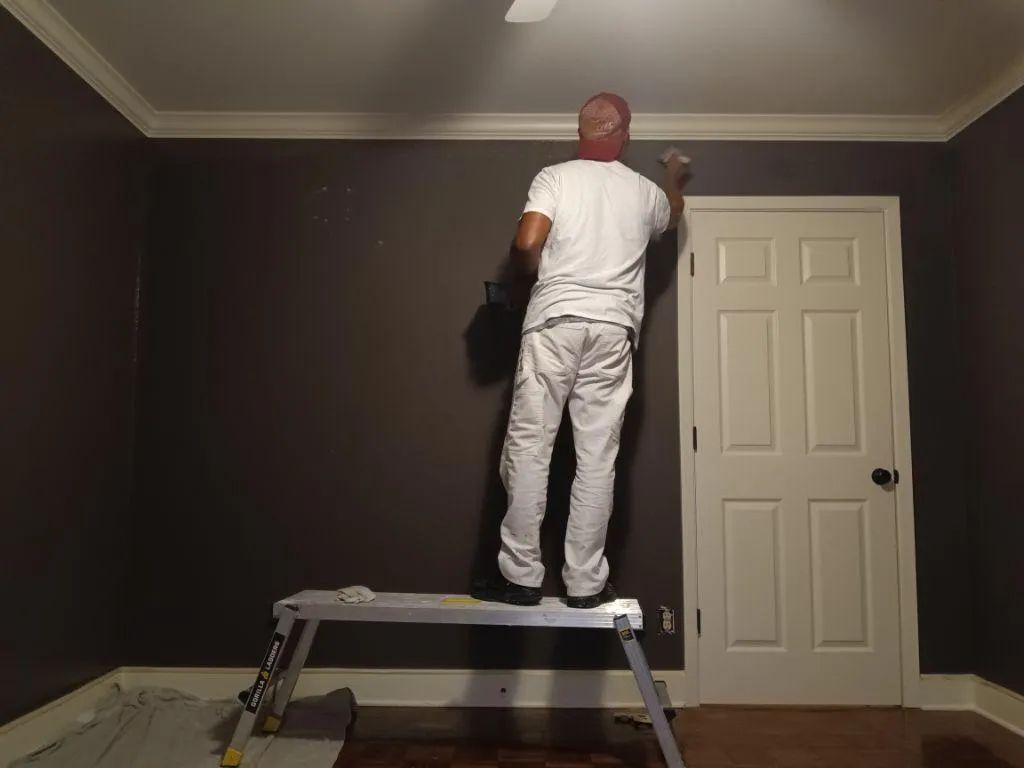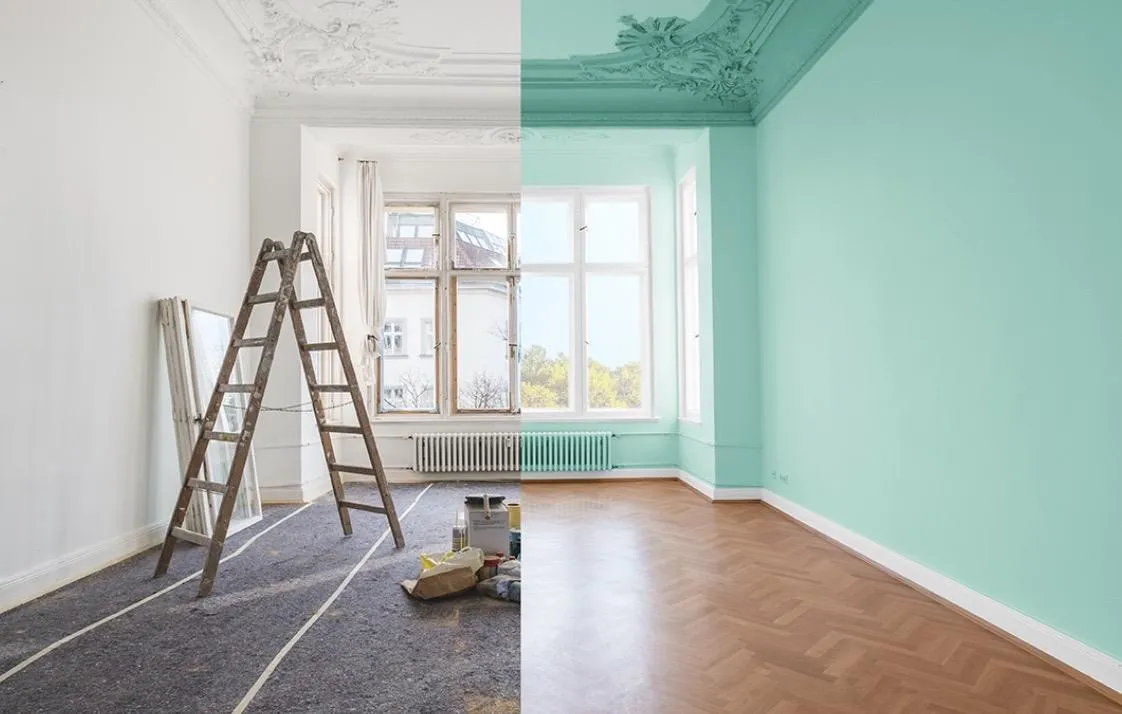Blog > Article Library
Twain Services Articles

Deciphering Roofing Costs: Understanding What Makes a Roof More Expensive
Deciphering Roofing Costs: Understanding What Makes a Roof More Expensive
A roof is more than just a protective covering for your home; it's a vital investment in the safety, comfort, and value of your property. However, the cost of roofing can vary significantly depending on various factors, from materials and labor to the complexity of the project. In this article, we'll explore the key factors that contribute to the expense of a roof and shed light on why some roofs come with a hefty price tag.
1. Premium Materials
The choice of roofing material is one of the most significant factors influencing the cost of a roof. Premium materials such as slate, clay, or copper are renowned for their durability, longevity, and aesthetic appeal but come with a hefty price tag. Slate roofs, for example, can cost well over $50,000 for an average-sized home due to the high cost of materials and specialized installation requirements. Similarly, clay tiles and copper roofing are prized for their elegance and durability but can be significantly more expensive than traditional asphalt shingles.
2. Complexity of Design
The complexity of the roof design can also impact its cost. Intricate architectural features, such as multiple roof angles, dormers, valleys, and skylights, require additional materials, labor, and expertise to install correctly. Roof designs that deviate from standard configurations may necessitate custom fabrication of materials and specialized installation techniques, adding to the overall expense of the project.
3. Roof Size and Pitch
The size and pitch of the roof are important considerations when determining the cost of roofing. Larger roofs require more materials and labor to cover, leading to higher costs. Additionally, roofs with steeper pitches are more challenging to work on and may require specialized safety equipment and techniques, increasing labor costs. Roof size and pitch are significant factors that roofing contractors consider when providing estimates for a roofing project.
4. Underlayment and Insulation
The quality of the underlayment and insulation installed beneath the roofing materials can impact the overall cost of the roof. High-quality underlayment and insulation help improve energy efficiency, moisture protection, and structural integrity, but they come at a higher price. Investing in premium underlayment and insulation can increase the upfront cost of the roof but may result in long-term savings through reduced energy bills and improved durability.
5. Labor Costs
Labor costs are a significant component of the overall expense of roofing. Skilled roofing contractors command higher rates for their expertise, experience, and quality of workmanship. Additionally, labor costs can vary depending on factors such as geographic location, labor market conditions, and the complexity of the project. Roofing projects that require specialized skills or equipment may incur higher labor costs compared to standard installations.
6. Roofing Accessories and Add-Ons
Roofing accessories and add-ons, such as gutters, flashing, vents, and skylights, can add to the cost of a roof. While these elements are essential for ensuring proper drainage, ventilation, and protection against leaks, they come with additional expenses. Custom or decorative accessories may also increase the cost of the roof, depending on the homeowner's preferences and design choices.
7. Location and Permitting Requirements
The location of the home and local permitting requirements can influence the cost of roofing. In areas with high labor and material costs, such as urban centers or regions with limited access to roofing materials, the cost of roofing may be higher. Additionally, obtaining necessary permits and complying with building codes and regulations may incur additional fees, contributing to the overall expense of the project.
Conclusion
In conclusion, several factors contribute to the expense of a roof, from materials and labor to design complexity and location. Premium materials, such as slate, clay, or copper, are among the most expensive roofing options due to their durability and aesthetic appeal. Additionally, the complexity of the roof design, size, pitch, underlayment, labor costs, and location all play a role in determining the final cost of a roof. By understanding these factors and working with reputable roofing contractors, homeowners can make informed decisions and invest in a roof that meets their needs, budget, and aesthetic preferences.
Older Articles


Contact Us
Service Hours
Social Media
Blog > Article Library


Deciphering Roofing Costs: Understanding What Makes a Roof More Expensive
Deciphering Roofing Costs: Understanding What Makes a Roof More Expensive
A roof is more than just a protective covering for your home; it's a vital investment in the safety, comfort, and value of your property. However, the cost of roofing can vary significantly depending on various factors, from materials and labor to the complexity of the project. In this article, we'll explore the key factors that contribute to the expense of a roof and shed light on why some roofs come with a hefty price tag.
1. Premium Materials
The choice of roofing material is one of the most significant factors influencing the cost of a roof. Premium materials such as slate, clay, or copper are renowned for their durability, longevity, and aesthetic appeal but come with a hefty price tag. Slate roofs, for example, can cost well over $50,000 for an average-sized home due to the high cost of materials and specialized installation requirements. Similarly, clay tiles and copper roofing are prized for their elegance and durability but can be significantly more expensive than traditional asphalt shingles.
2. Complexity of Design
The complexity of the roof design can also impact its cost. Intricate architectural features, such as multiple roof angles, dormers, valleys, and skylights, require additional materials, labor, and expertise to install correctly. Roof designs that deviate from standard configurations may necessitate custom fabrication of materials and specialized installation techniques, adding to the overall expense of the project.
3. Roof Size and Pitch
The size and pitch of the roof are important considerations when determining the cost of roofing. Larger roofs require more materials and labor to cover, leading to higher costs. Additionally, roofs with steeper pitches are more challenging to work on and may require specialized safety equipment and techniques, increasing labor costs. Roof size and pitch are significant factors that roofing contractors consider when providing estimates for a roofing project.
4. Underlayment and Insulation
The quality of the underlayment and insulation installed beneath the roofing materials can impact the overall cost of the roof. High-quality underlayment and insulation help improve energy efficiency, moisture protection, and structural integrity, but they come at a higher price. Investing in premium underlayment and insulation can increase the upfront cost of the roof but may result in long-term savings through reduced energy bills and improved durability.
5. Labor Costs
Labor costs are a significant component of the overall expense of roofing. Skilled roofing contractors command higher rates for their expertise, experience, and quality of workmanship. Additionally, labor costs can vary depending on factors such as geographic location, labor market conditions, and the complexity of the project. Roofing projects that require specialized skills or equipment may incur higher labor costs compared to standard installations.
6. Roofing Accessories and Add-Ons
Roofing accessories and add-ons, such as gutters, flashing, vents, and skylights, can add to the cost of a roof. While these elements are essential for ensuring proper drainage, ventilation, and protection against leaks, they come with additional expenses. Custom or decorative accessories may also increase the cost of the roof, depending on the homeowner's preferences and design choices.
7. Location and Permitting Requirements
The location of the home and local permitting requirements can influence the cost of roofing. In areas with high labor and material costs, such as urban centers or regions with limited access to roofing materials, the cost of roofing may be higher. Additionally, obtaining necessary permits and complying with building codes and regulations may incur additional fees, contributing to the overall expense of the project.
Conclusion
In conclusion, several factors contribute to the expense of a roof, from materials and labor to design complexity and location. Premium materials, such as slate, clay, or copper, are among the most expensive roofing options due to their durability and aesthetic appeal. Additionally, the complexity of the roof design, size, pitch, underlayment, labor costs, and location all play a role in determining the final cost of a roof. By understanding these factors and working with reputable roofing contractors, homeowners can make informed decisions and invest in a roof that meets their needs, budget, and aesthetic preferences.
Older Articles


Contact Us
(346) 209-4009
Humble, Texas, 77346
Service Hours
Mon-Sat: 8am-6pm
Sun: Off
Social Media





